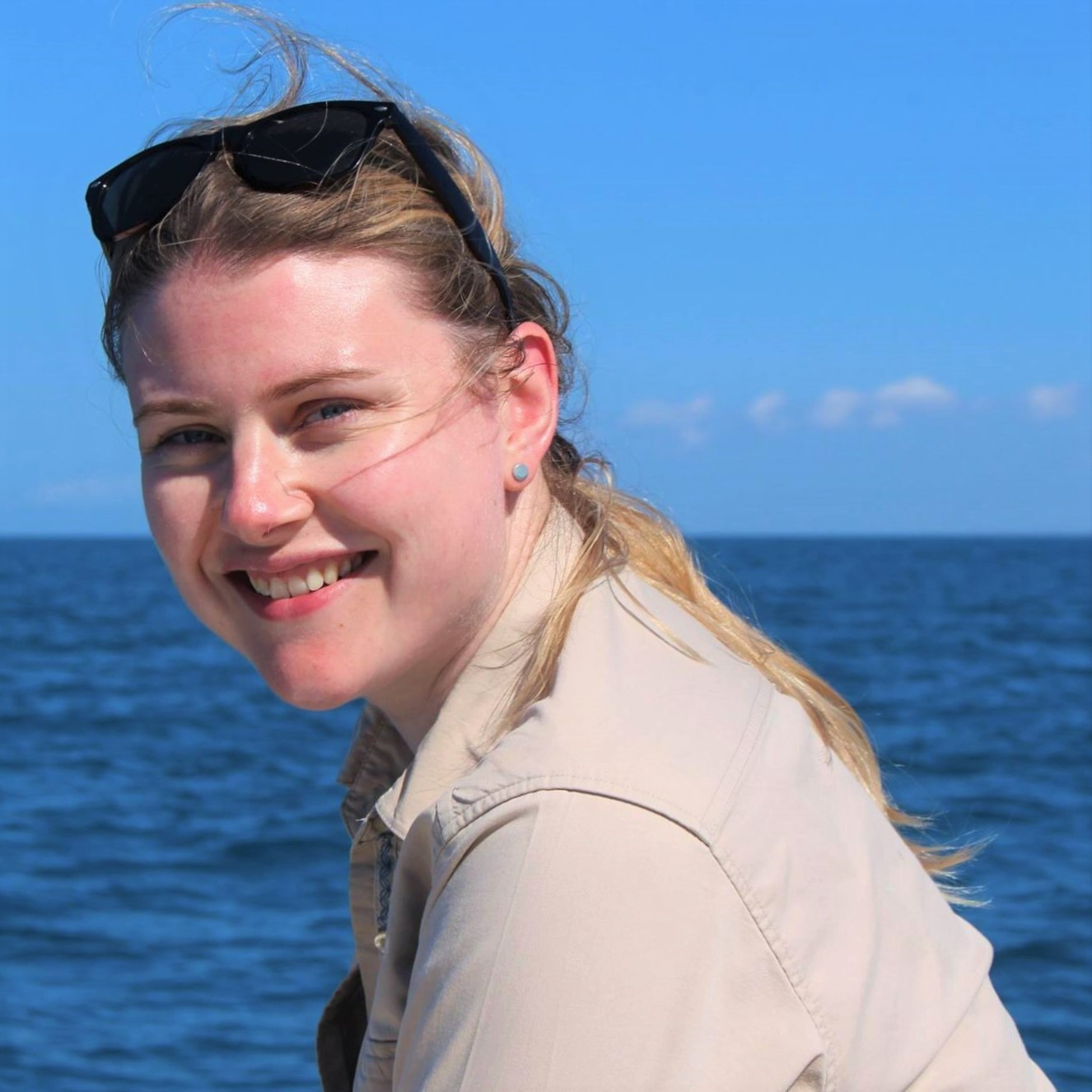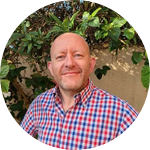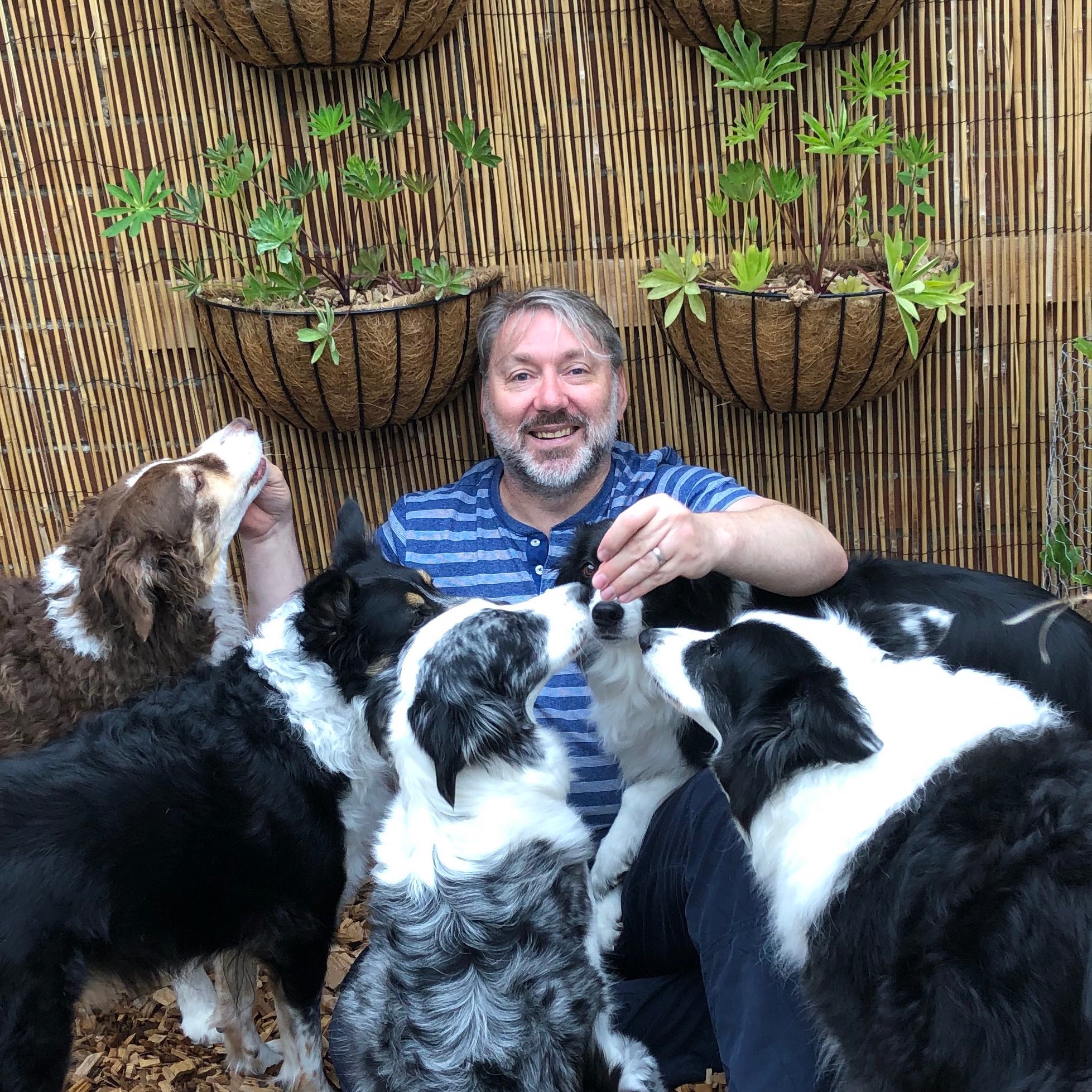About This Project
Seaweed (macroalgae) are excellent biomonitors of the amount and type of nitrogen pollution (e.g., sewage versus chemical fertilisers). The UK is currently experiencing an environmental crisis – unregulated sewage release into river and coastal ecosystems. This project will combine nitrogen isotope monitoring of pollution with seaweed aquaculture in the River Tees estuary to determine its effectiveness in bioremediation, including carbon capture in nitrogen-rich polluted marine waters.
Ask the Scientists
Join The DiscussionWhat is the context of this research?
Seaweed (macroalgae) are excellent biomonitors of the amount and type of nitrogen pollution (e.g., sewage effluent versus chemical fertilisers) in estuary and coastal environments using stable nitrogen isotope ratios (expressed as δ15N). In addition, macroalgae are very effective in taking up nitrogen from seawater. Installing macroalgae aquaculture in estuaries is an effective, natural process to remove excess nitrogen being delivered from sewage and/or chemical fertilisers. This project will install seaweed ropes in nitrogen-excess regions to ascertain their effectiveness in nitrogen removal. Nitrogen isotope analysis of the seaweed and seawater can then be used to assess the effectiveness of the aquaculture in removing nitrogen prior to reaching the open sea.
What is the significance of this project?
In 2019 the UK had no river of “Good Chemical Status” and 86% of its rivers failed to obtain “Good Ecological Health” (The Rivers Trust, 2023). Declining standards and regulations for UK privatised water companies to effectively treat and limit the amount of wastewater discharge (i.e., sewage) has led to a water quality crisis in UK rivers and coastal environments (Environment Agency, 2022): this was highlighted in March 2023 by the BBC 2 documentary, Our Troubled Rivers. The environmental sewage crisis in the UK has led many charity groups, organisations and even individuals to start monitoring the environment themselves. Seaweed aquaculture around the UK could be used as a natural solution to remove excess nitrogen from estuary environments, including as a mechanism for carbon capture.
What are the goals of the project?
The project will use seaweed δ15N from around the River Tees estuary (NE England) to ascertain the type and distribution of nitrogen pollution (i.e., isoscape). Seaweed aquaculture ropes will be situated in elevated nitrogen zones in the estuary and monitored throughout a year: including nitrate δ15N and total nitrate analysis. Seasonal δ15N isoscape maps will be generated from seaweed to determine whether seaweed aquaculture is effectively removing nitrogen. The project will increase community education and environmental awareness of the problems facing coastal regions. Wider outreach will include a project dedicated website, Twitter, the Experiment project page and open-access publications. The purpose of this project to capture nitrogen will also allow us to assess carbon capture too.
Budget
All budget items above are essential to make this project succeed. The nitrogen isotope analyses requested are only 20% of the total cost: the remainder of the costs associated with this budget item will be absorbed by SIBL. Nitrogen water analyses are required throughout the year to assess uptake rate and will be performed in-house and through the Hutton institute. Ropes and seaweed aquaculture will require additional help from local contractors and this is included in the cost of this budget item. Student training is also included in the budget. The project will be an excellent opportunity to provide additional training and education in environmental science and issues to three summer students. The students will be selected from the second-year course I teach at Durham University (Isotopes and Climate). Findings from this project will be shared through social media and open-access publications that are freely downloadable.
Endorsed by
 Project Timeline
Project Timeline
The project will take approximately 18 months to complete and generate over 2000 nitrogen isotopes analyses of seaweed. It will involve collaboration with the Tees Rivers Trust (a local charity) and employ 3 students for a month each to educate them on how to monitor nitrogen pollution and manage seaweed aquaculture. The project will include several public seminars and workshops to the local community that live around the River Tees estuary.
Apr 07, 2023
Project Launched
Sep 30, 2023
Construct seaweed ropes and keep in seawater tanks in the Tees Rivers Trust culture units
Oct 31, 2023
Conduct a nitrogen isotope study of the River Tees estuary and construct isoscape maps
Nov 30, 2023
Locate nitrogen-enriched zones and emplace seaweed ropes
Oct 31, 2024
Produce nitrogen isoscape maps of the River Tees estuary (January, April, July, October)
Meet the Team
Affiliates
Dr Darren R. Gröcke
Dr Darren Gröcke is the Director of the Stable Isotope Biogeochemistry Laboratory (SIBL) at Durham University. SIBL has state-of-the-art gas source isotope mass spectrometers that are used for the investigation of archaeological, geological, biological and environmental samples. Darren has worked on a diverse array of materials from modern kangaroos, mammoths, black shales, killer whales, river sediment, beetles, Medieval and Roman humans, charcoal and cereal grains. Darren has nearly 30 years of isotope experience and over 180 peer-reviewed international publications. SIBL has helped train many PhD, MSc and undergraduate students in isotope geochemistry – many of them continuing with an academic career or employed in environmental consultancy or other employment opportunities. Over the past eight years Darren has become very invested in using macroalgae as a tool for monitoring pollution in the marine environment. This has culminated in several papers on translocating seaweed, nitrogen isotope labelling of seaweed, and using seaweed to determine sewage pollution on two North Atlantic islands.
Lab Notes
Nothing posted yet.
Additional Information
SIBL's most recent paper in Scientific Reports entitled, Diffuse and concentrated nitrogen sewage pollution in island environments with differing treatment systems, is open-access. Please download and Tweet it. It is a good study highlighting how nitrogen isotopes in macroalgae can be used to identify and point-source nitrogen pollution (e.g., sewage effluent).
Project Backers
- 9Backers
- 78%Funded
- $11,630Total Donations
- $1,292.22Average Donation


